Performance is an entirely relative thing: there are times when 40mph can be lethally fast - approaching a school at chucking out time, for instance – and others when 600mph seems desperately slow, such as eight hours into a 12-hour flight.
So perhaps we should not be too surprised that road car performance that was once seen as groundbreaking now seems really rather normal. But how long does this process take? How long is required for the once completely extraordinary to seem really rather ordinary? To find out, we've gathered together three limited-edition old-stagers whose performance in their category was once groundbreaking to see how they’ll do against their brand new, mass-market descendants.
Audi Sport Quattro (1983) vs Audi TT S
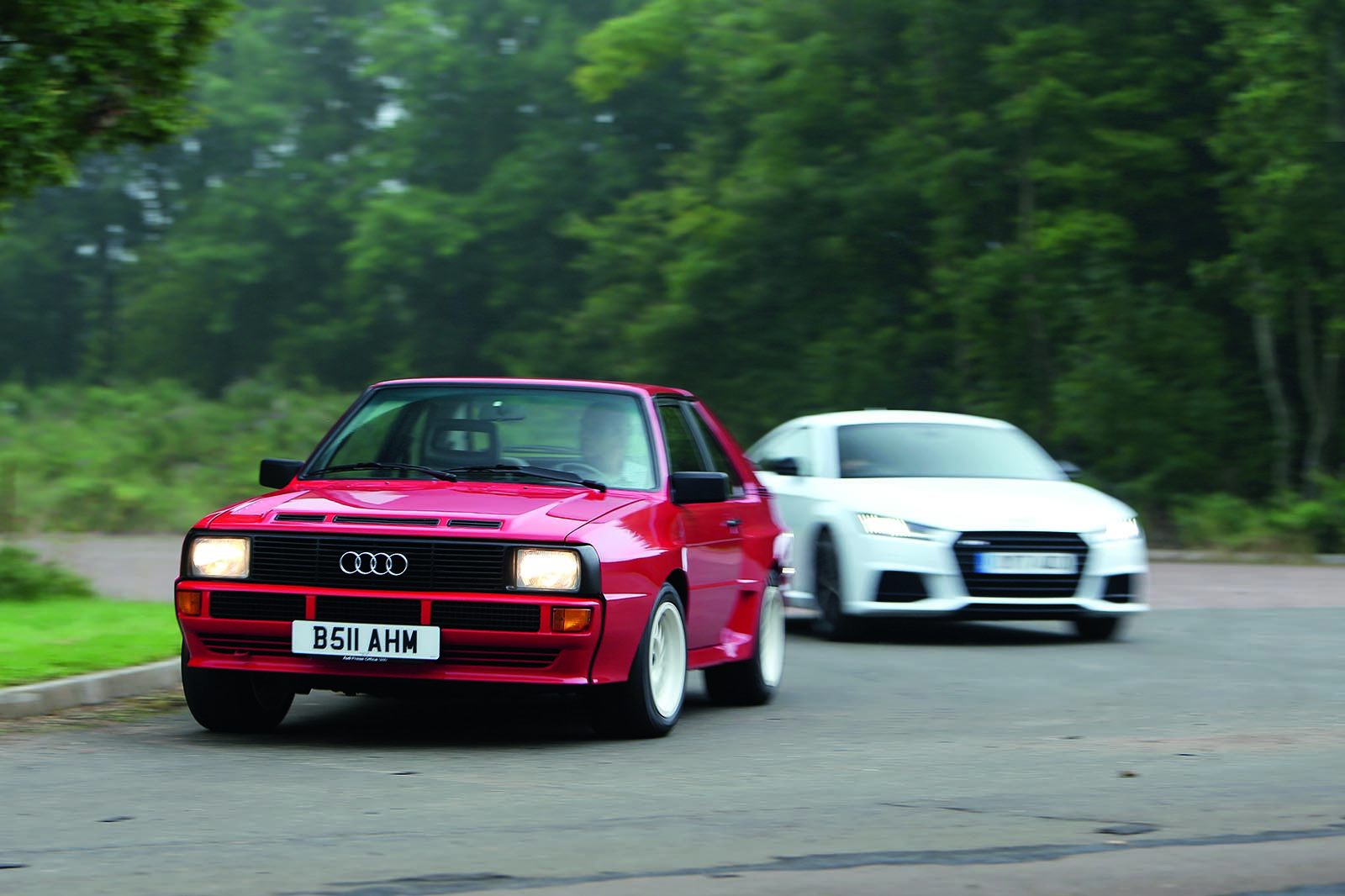
It's possible that the point we’re trying to make here will never be more vividly demonstrated than by the two Audis we’re testing.
In one corner stands a beast of near-mythical ugliness and reputation. The 1983 Audi Sport Quattro is rallying royalty, a pure homologation special of which just 200 were required to make its competition derivative, the S1 Quattro, eligible for the World Rally Championship. Back then, the sight of even a standard Audi Quattro would make people walk into street furniture. So imagine such a car with a frankly insane 320mm cut from its wheelbase and clothed in carbonfibre-reinforced Kevlar bodywork toting bulging wheelarches.
But under that uniquely pugnacious skin, it was madder still: Audi designed a brand new twin cam, 20-valve head for its five-cylinder engine and then, because the rules applied a multiplication factor of
 1.4 for turbo engines, dropped its capacity by 11cc to 2133cc so it could squeeze under the maximum 3
litres allowable. That this provided more than 300bhp from such a tiny engine seemed the stuff of fairy
tales: a Porsche 911 Turbo of the era produced less power from 3.3 litres, while even the super-specialised world’s fastest car, the Ferrari 288 GTO, could not match its bonkers 142bhp-per-litre specific output.


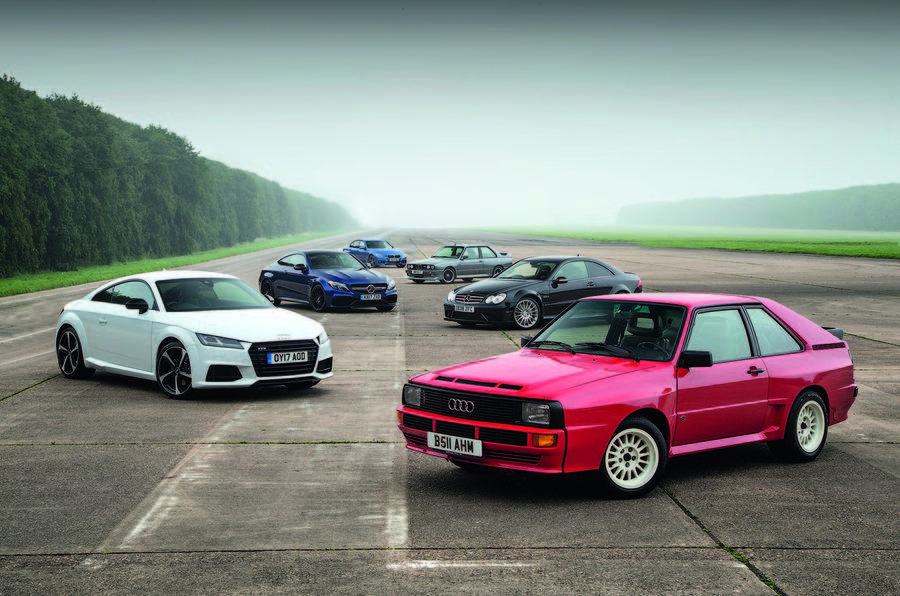
















































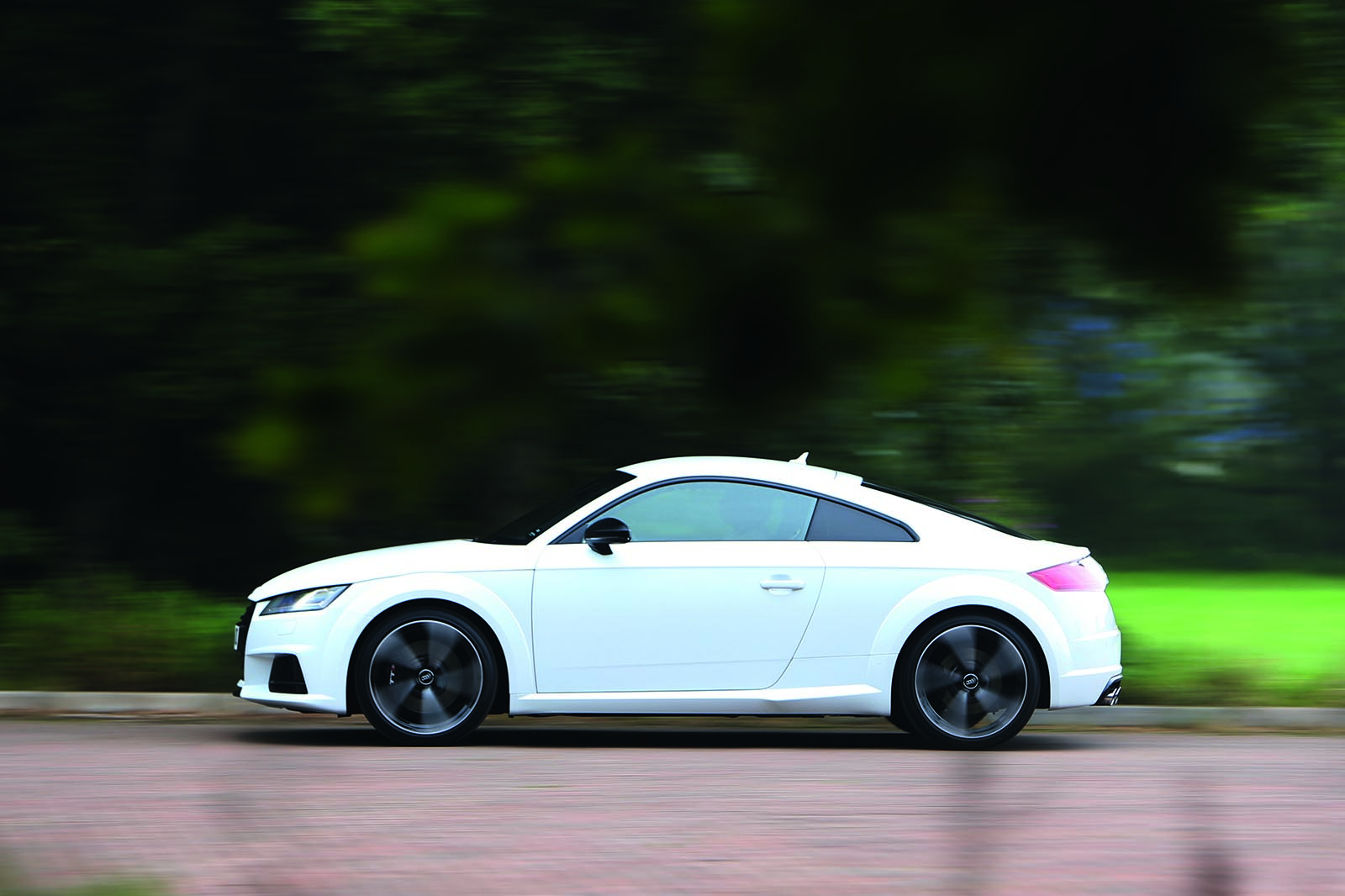
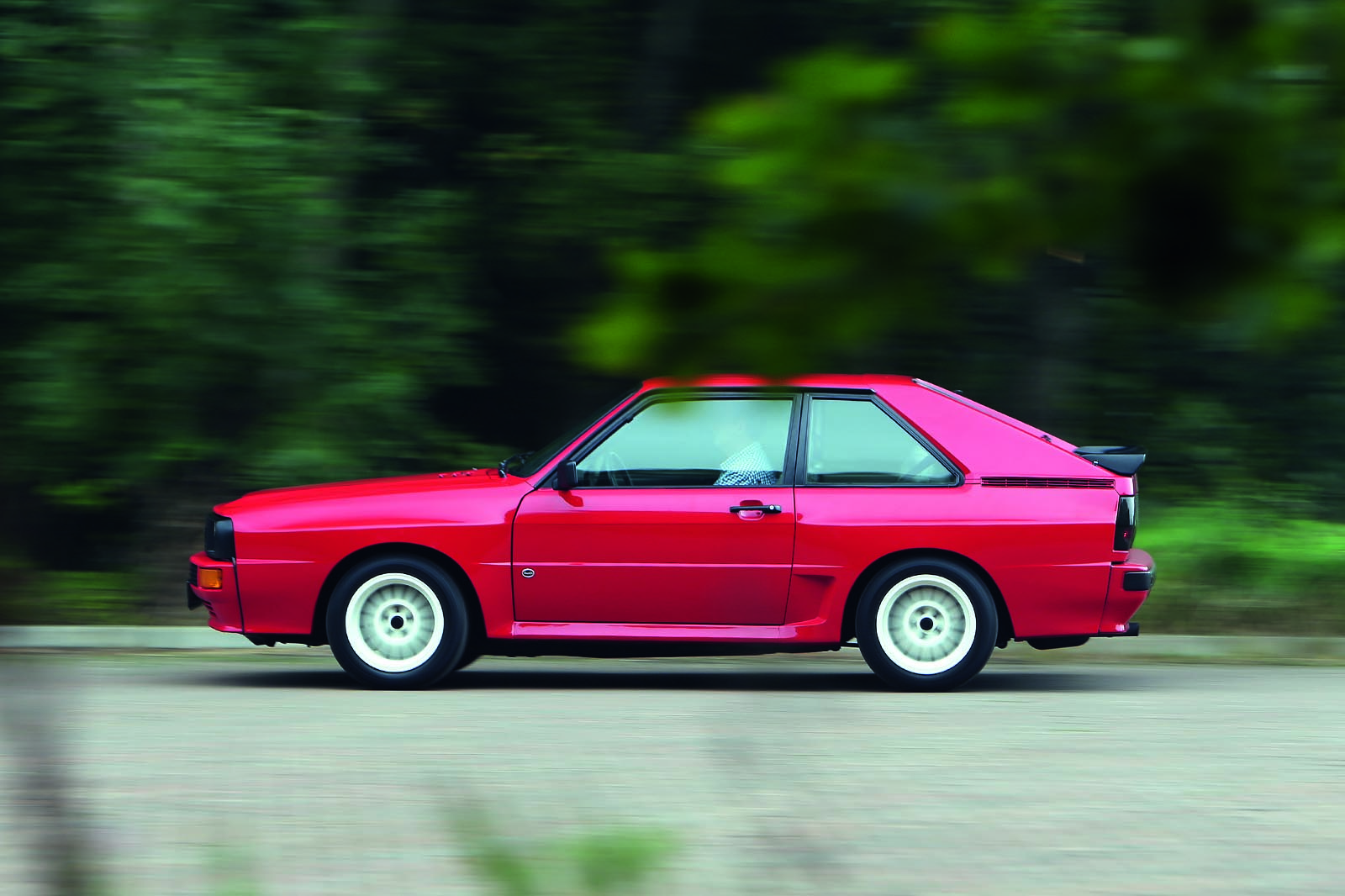
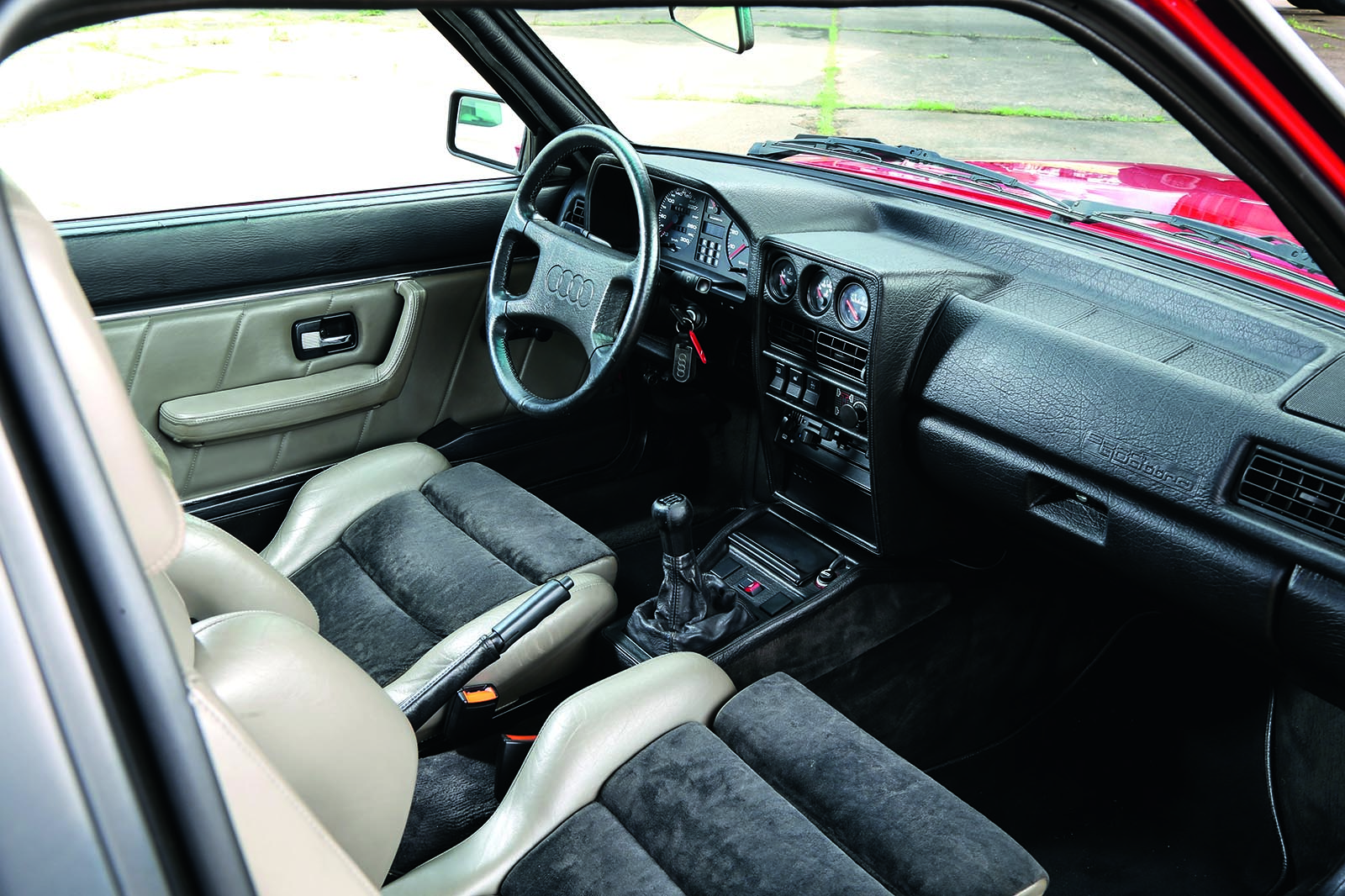
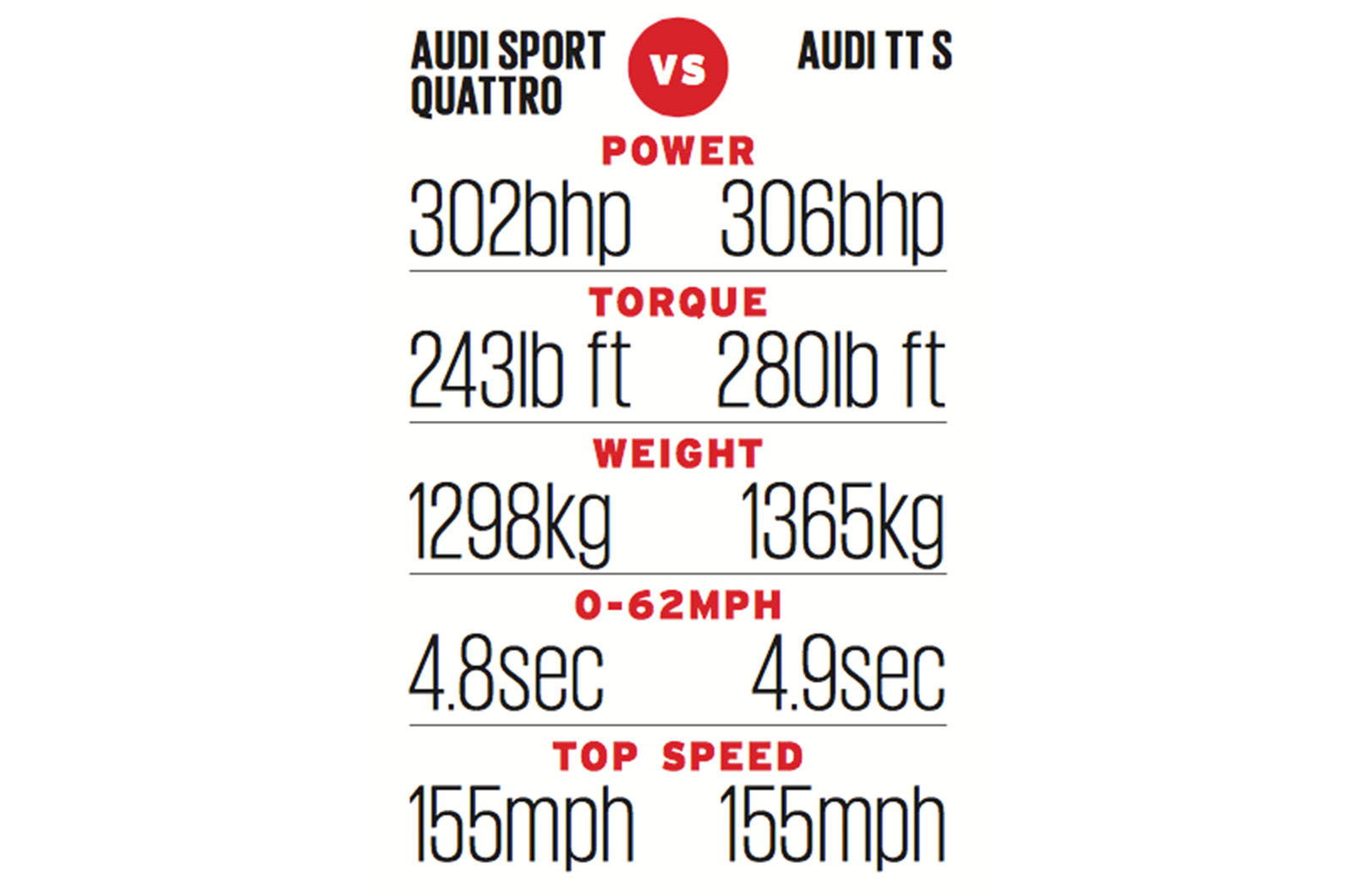
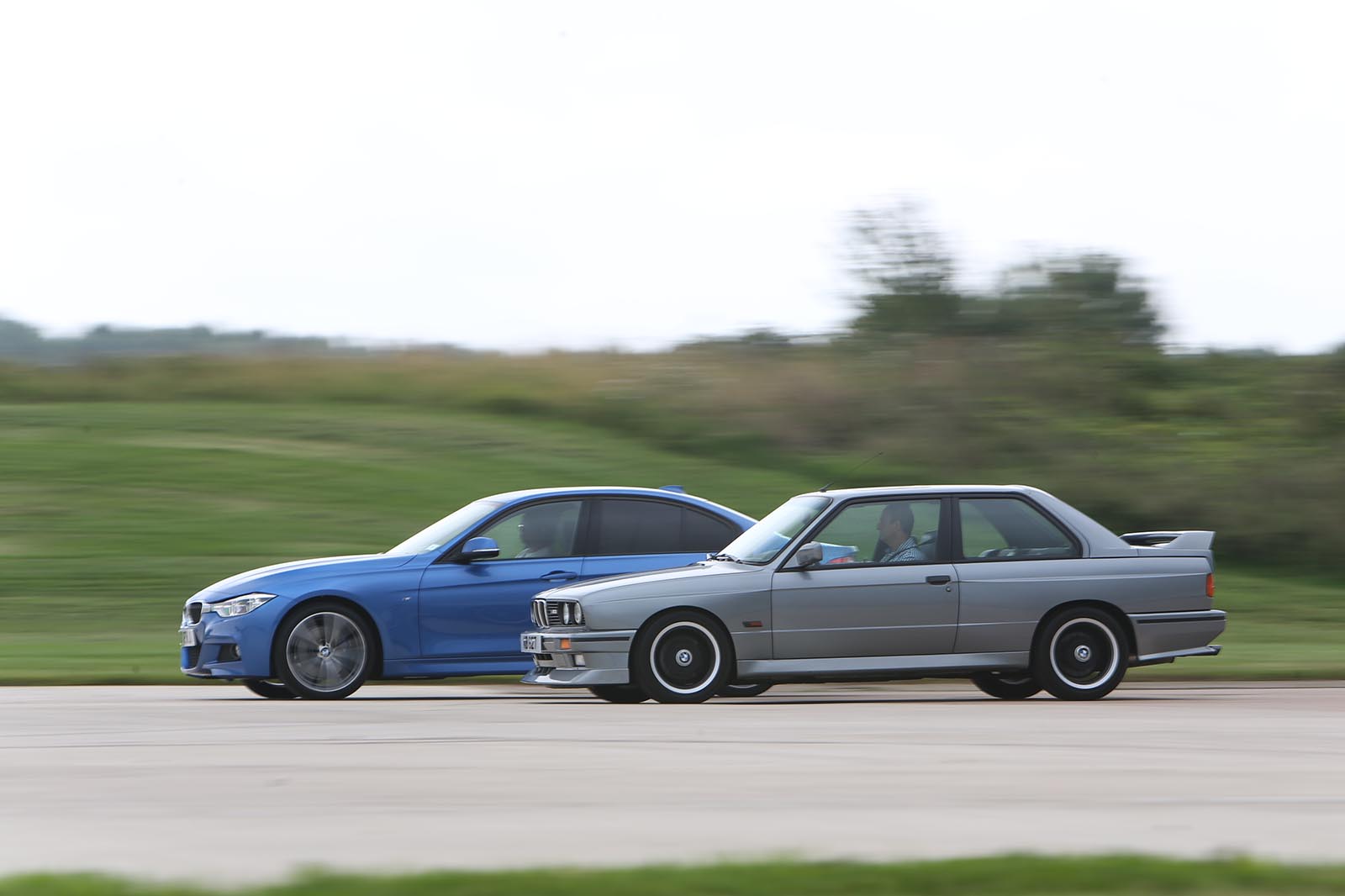
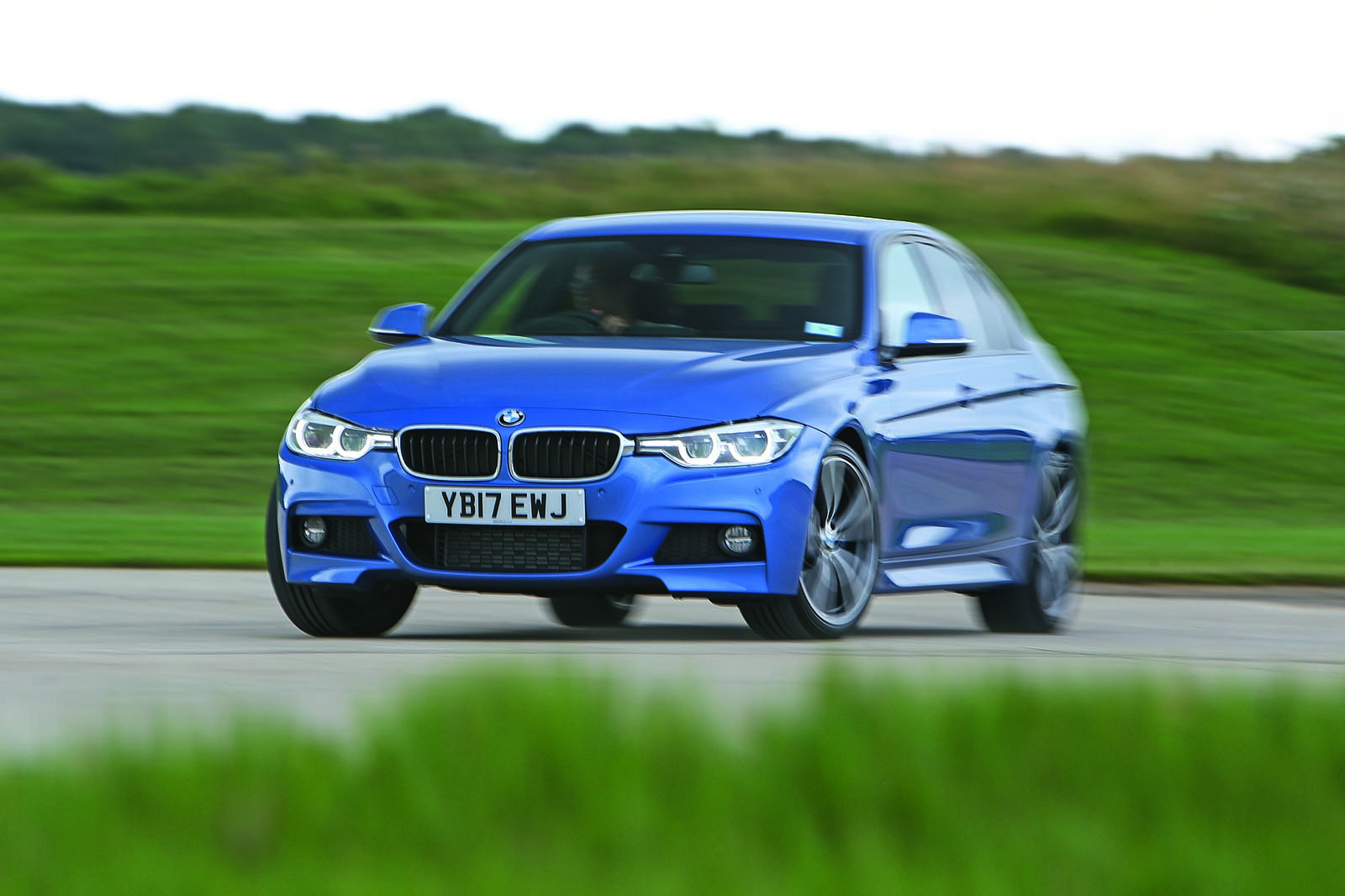
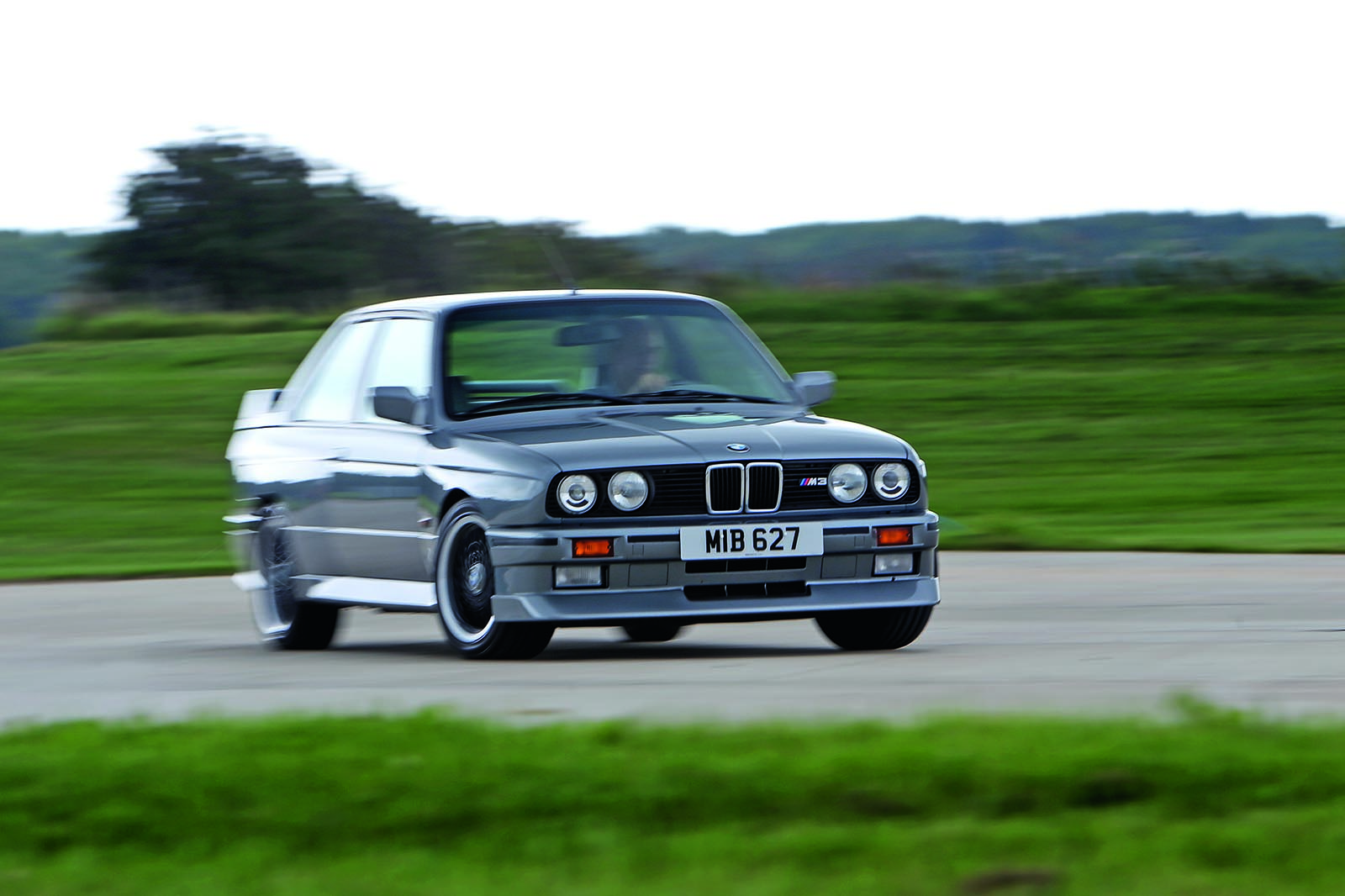
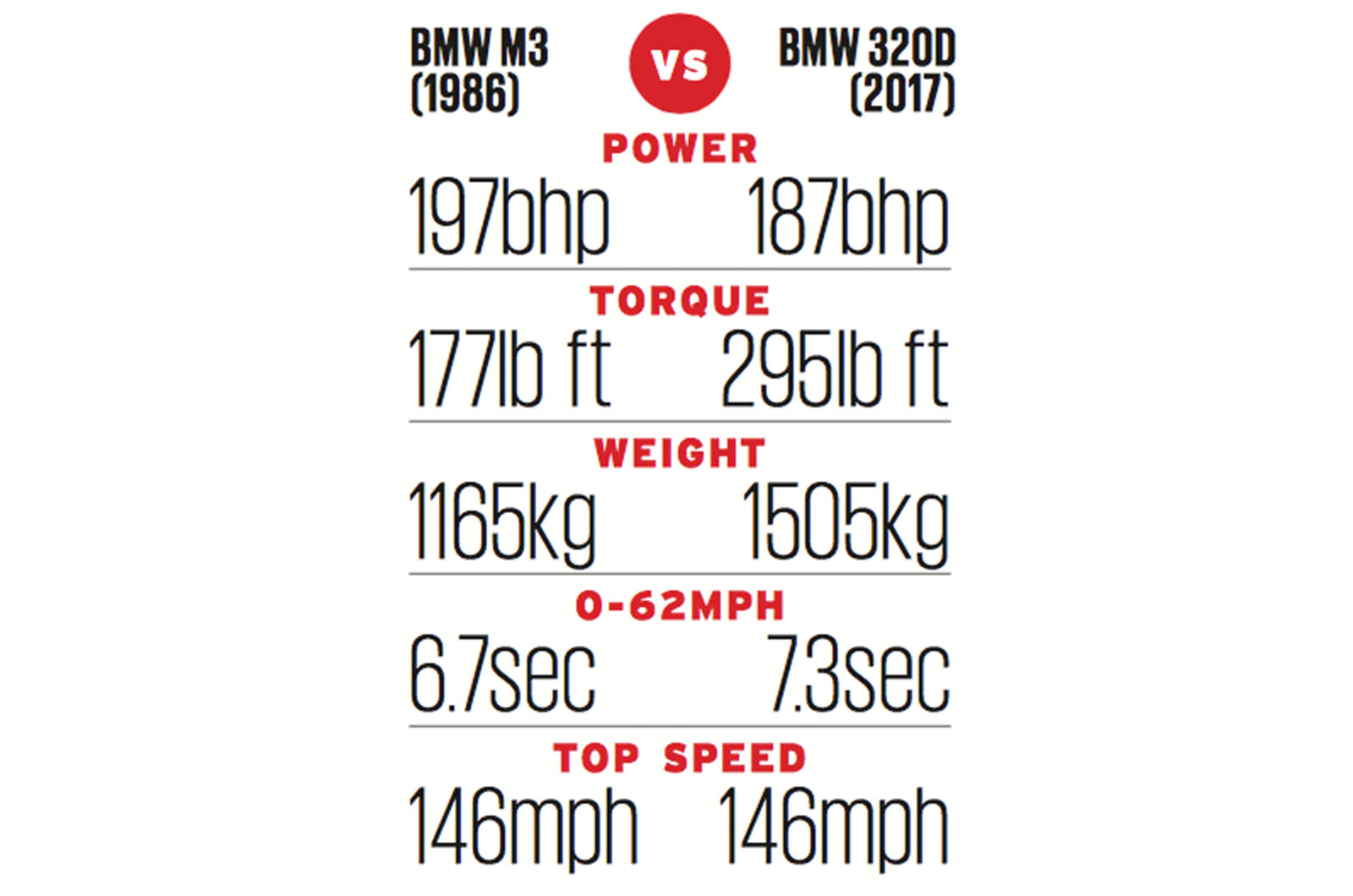
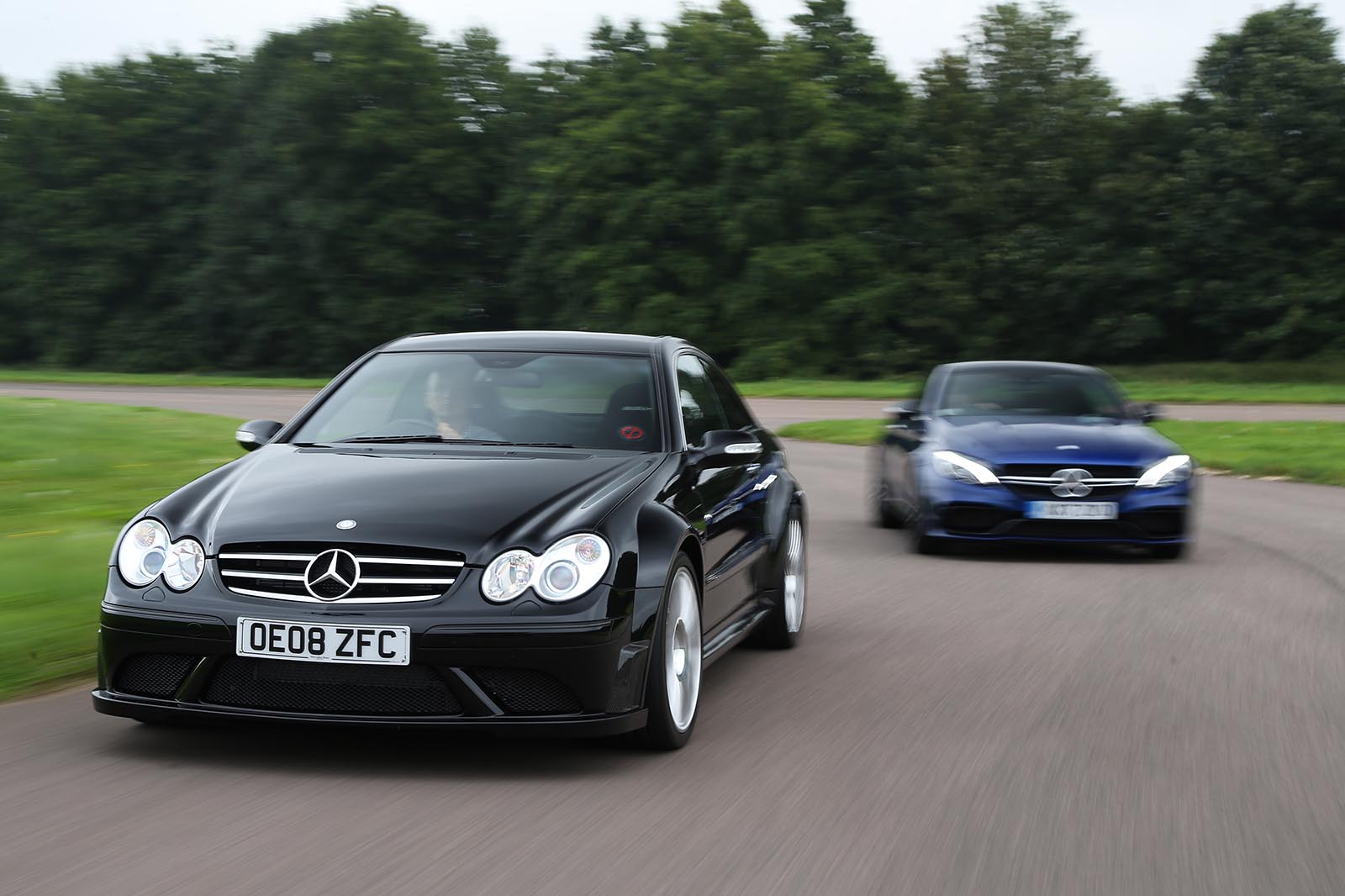
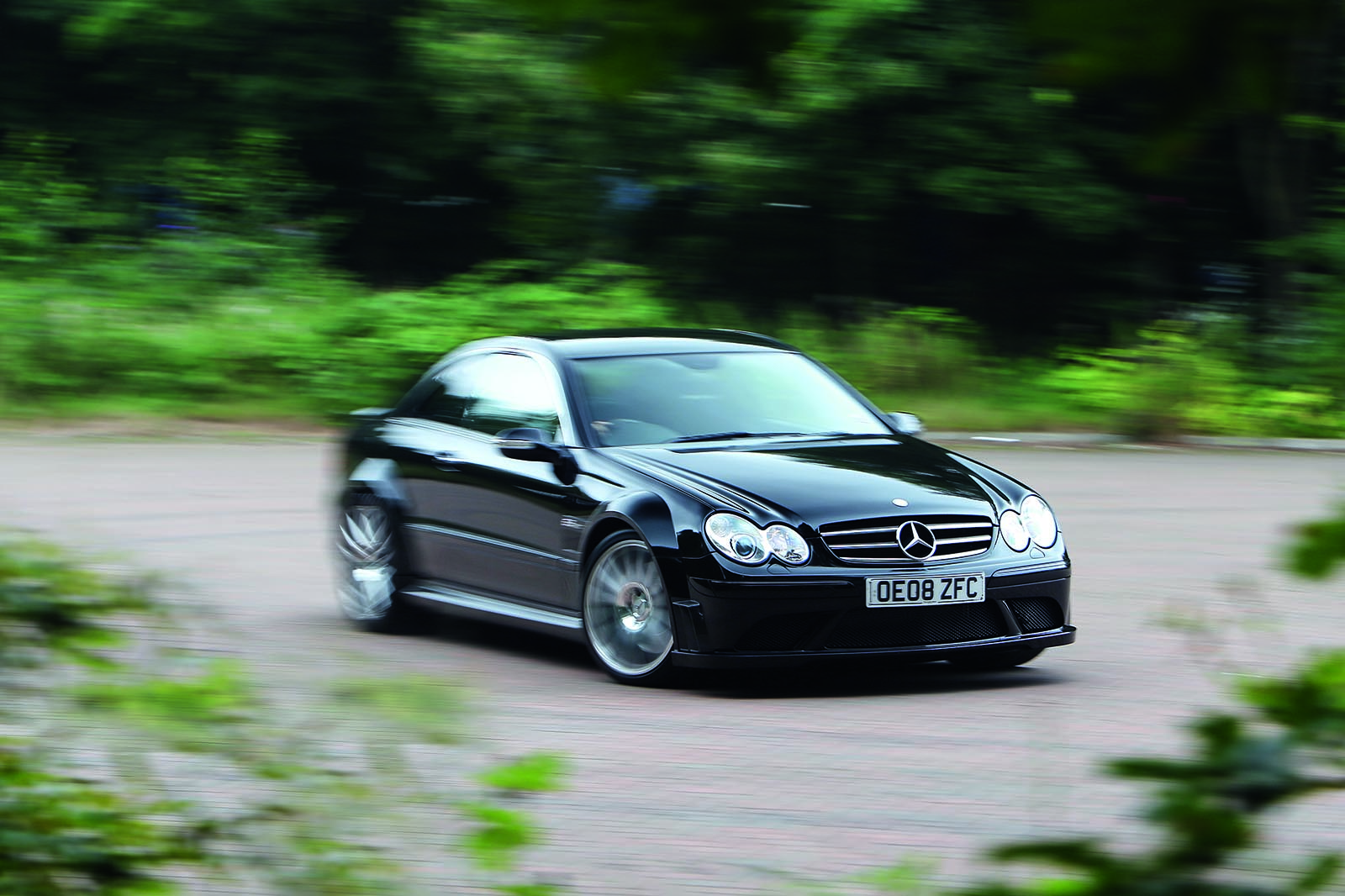
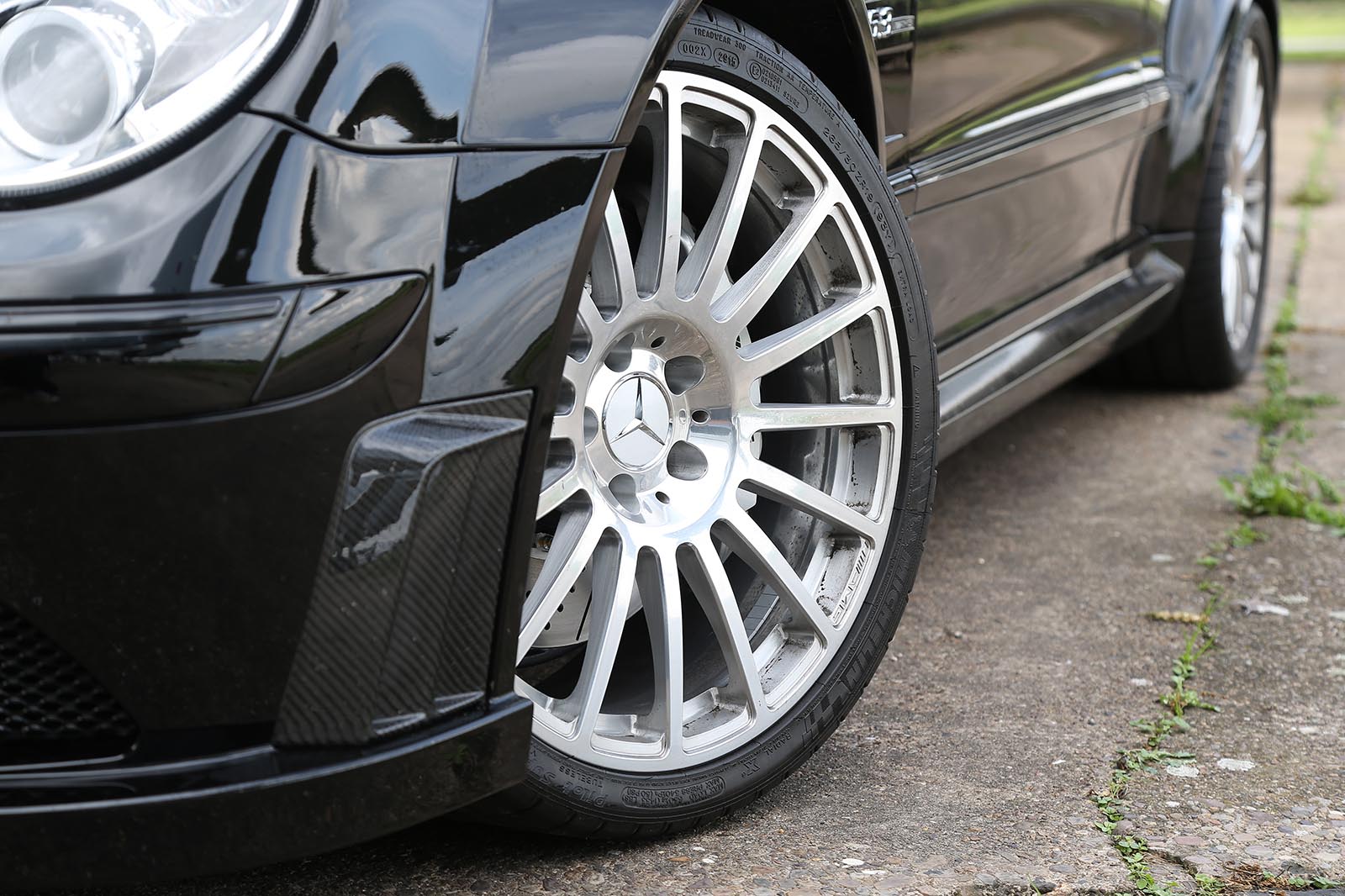
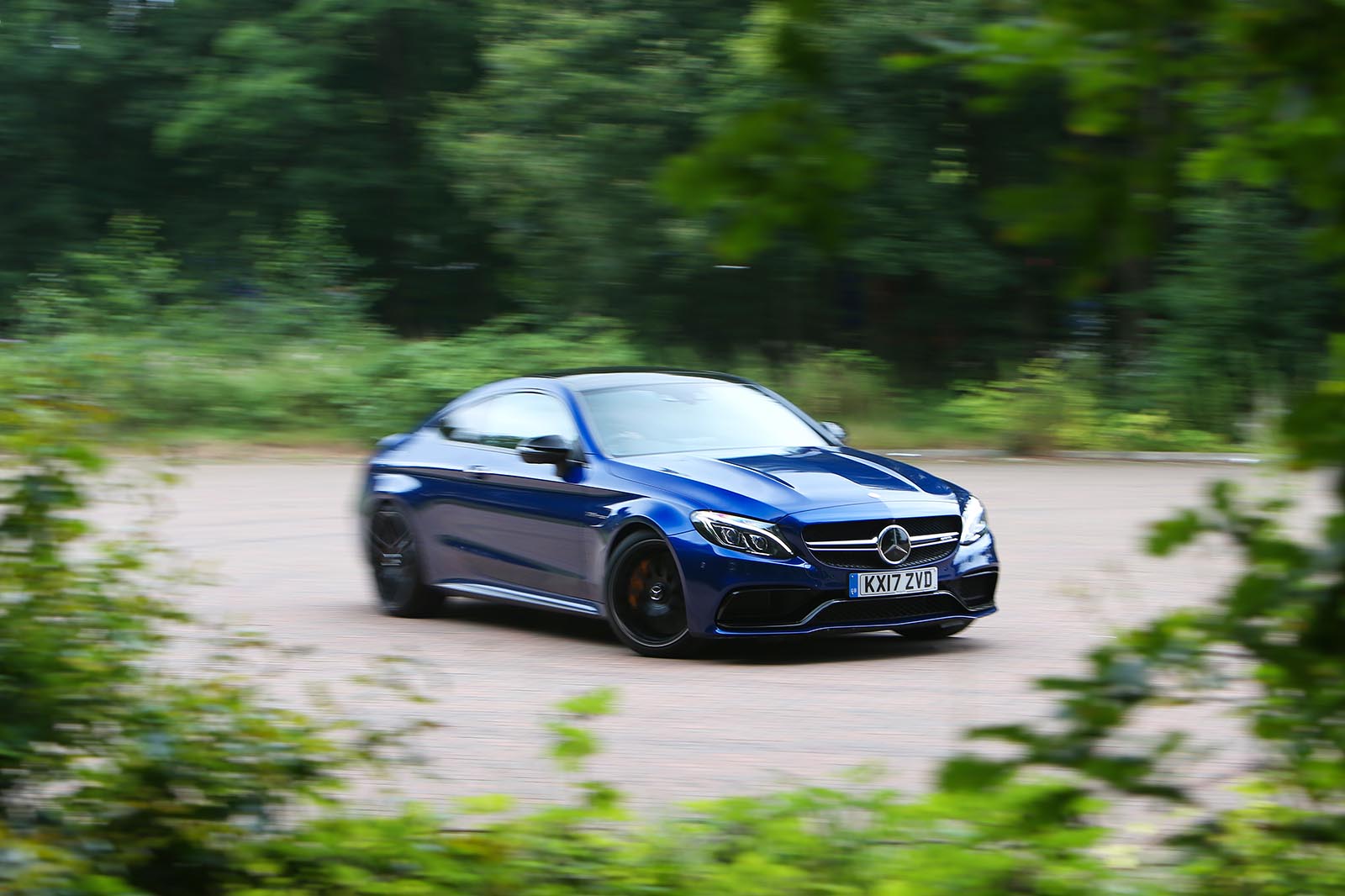
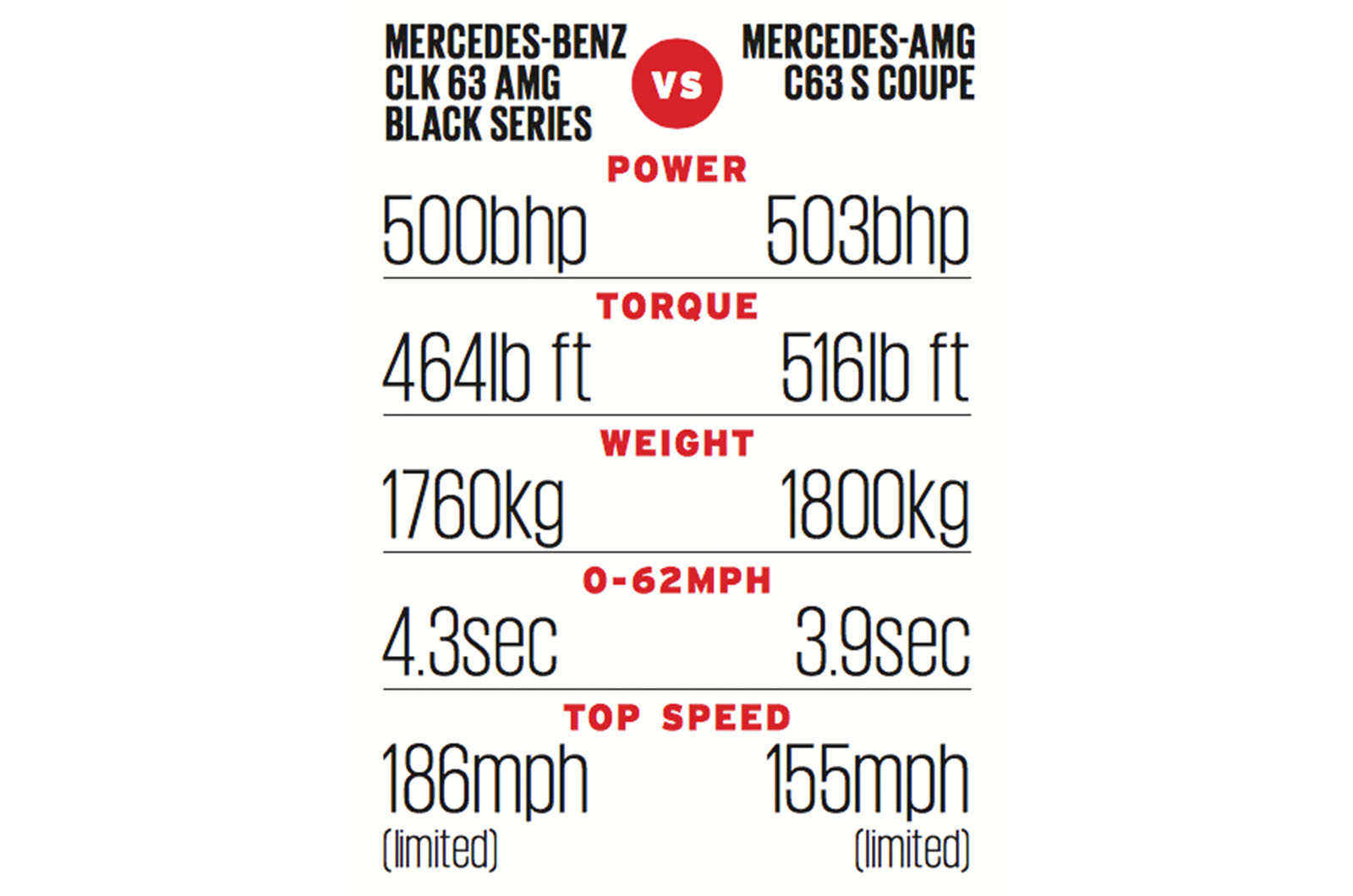
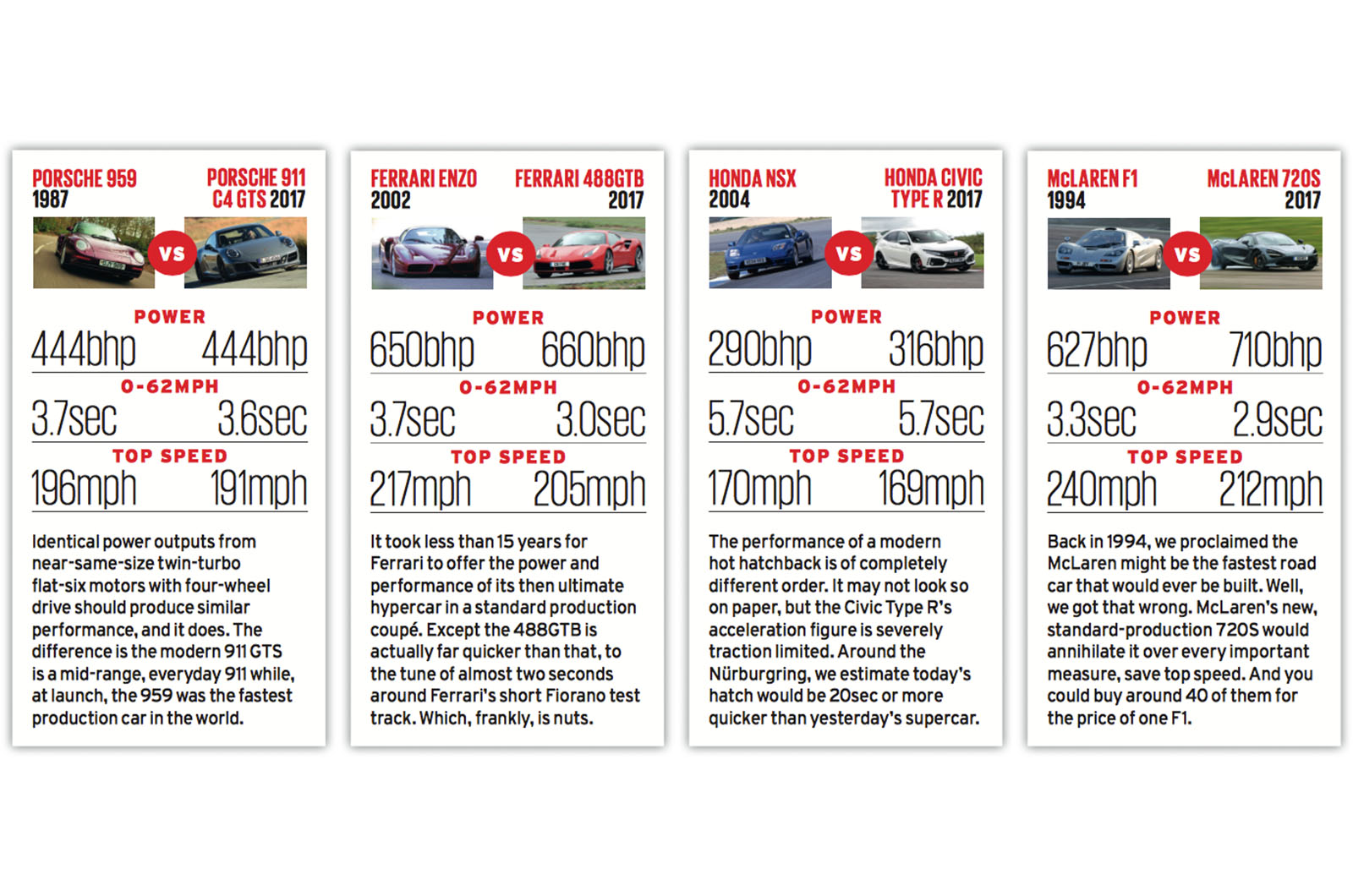


Join the debate
Add your comment
Audi haven't changed
I've seen this nose heavy piece of junk driven around several different tracks and seen the TV journalists "compensate for it's awfulness" by letting another car catch up etc...this car is a good myth. The Quattro part is really "somewhere else to send power apart from the front wheels so we can join and be eligable for proper car manufacturers at rallying"
I would, without a shadow of
I would, without a shadow of doubt, rather drive and own the older varient of each comparison.
In the 1980s
Audi.
the sport may be ugly, but it is an icon, along with the UR quattro in a way none of your current cars could be. Not one. Please make another quattro, a proper one that is desirable. Thanks from the 12 year from the 80s who was a group b rally junkie.